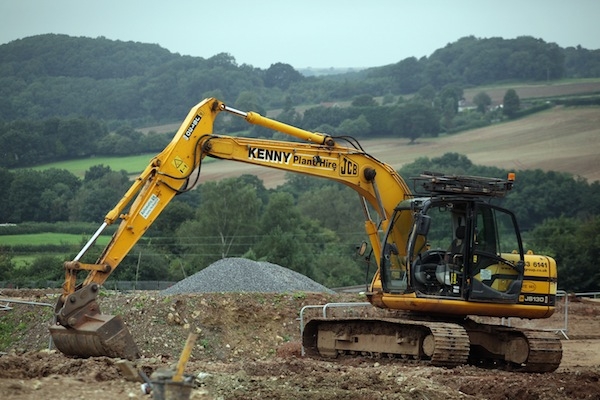It’s not often good form for a journalist to cut and paste a press release, but the below is, to my mind, so significant that it’s worth reproducing in full. It is the response of the Campaign to Protect Rural England to today’s planning reforms.
The Government is today announcing plans to increase housebuilding as part of a productivity drive.
Paul Miner, planning campaign manager at the Campaign to Protect Rural England (CPRE), reflects on the announcements:
On Government intention to intervene when local plans are not coming forward
“With so few councils having post-2012 local plans in place, the Government’s move is understandable. At the same time, our research has shown that the main reason local plans are being delayed is because developers are challenging the housing numbers at every step.
“To ensure councils can bring in community-led plans quickly, the Government must show its support for councils that aim for realistic numbers of new homes in their area. It is also welcome that the Government has been strong on the importance of Green Belt this morning, but it must now show intent to back local authorities who cannot meet estimated numbers without building on the Green Belt or in protected areas.
“To gain genuine community support for plans, the Government should give more support – and more money – to neighbourhood planning.”
On plans to increase speed of brownfield development
“It is good that the Government is emphasising its support for brownfield redevelopment and small builders, as urban regeneration is vital to thriving cities and a living countryside. However, planning permission isn’t the main problem with getting sites developed. There is a gap of about 30-40% between the number of plots with planning permission and the number of plots where building starts in a given year. About 10-20% of plots with planning permission do not start at all.
“To achieve the development we want and need on brownfield land, the Government should implement a ‘brownfield first’ rule at the heart of planning to prioritise urban redevelopment and leave behind the unsustainable status quo – where developers cherry pick green fields for development. Communities must also be involved from the start to ensure good design, and it is desperately important that new developments include a significant amount of affordable housing.”
The reason I’ve put this full response into a post is that the CPRE has been one of the most vociferous critics of the Conservatives’ attempts to reform the planning system. Yet here it is, using words such as ‘understandable’ in a response to more major planning reforms.
The CPRE is also happy because ministers have today said they will not be touching the Green Belt: even those who are privately in favour of at least some form of reclassification of Green Belt land so that the poor quality bits (Green Belt is not allocated on the basis of the pleasantness of the green land) can be used for development after all, thus protecting truly greenfield sites further out from towns and cities, realise that this isn’t politically possible at present. It’s like profit-making schools, which may have good arguments behind them, but which are just not palatable to voters and therefore it’s not worth wasting your time on a big row when you could be achieving a great deal without the big scary controversial policy.
So perhaps the government really will be able to get on with building more homes. The CPRE’s response shows at least that ministers have really thought about how to make this set of planning reforms different to the last ones.







Comments